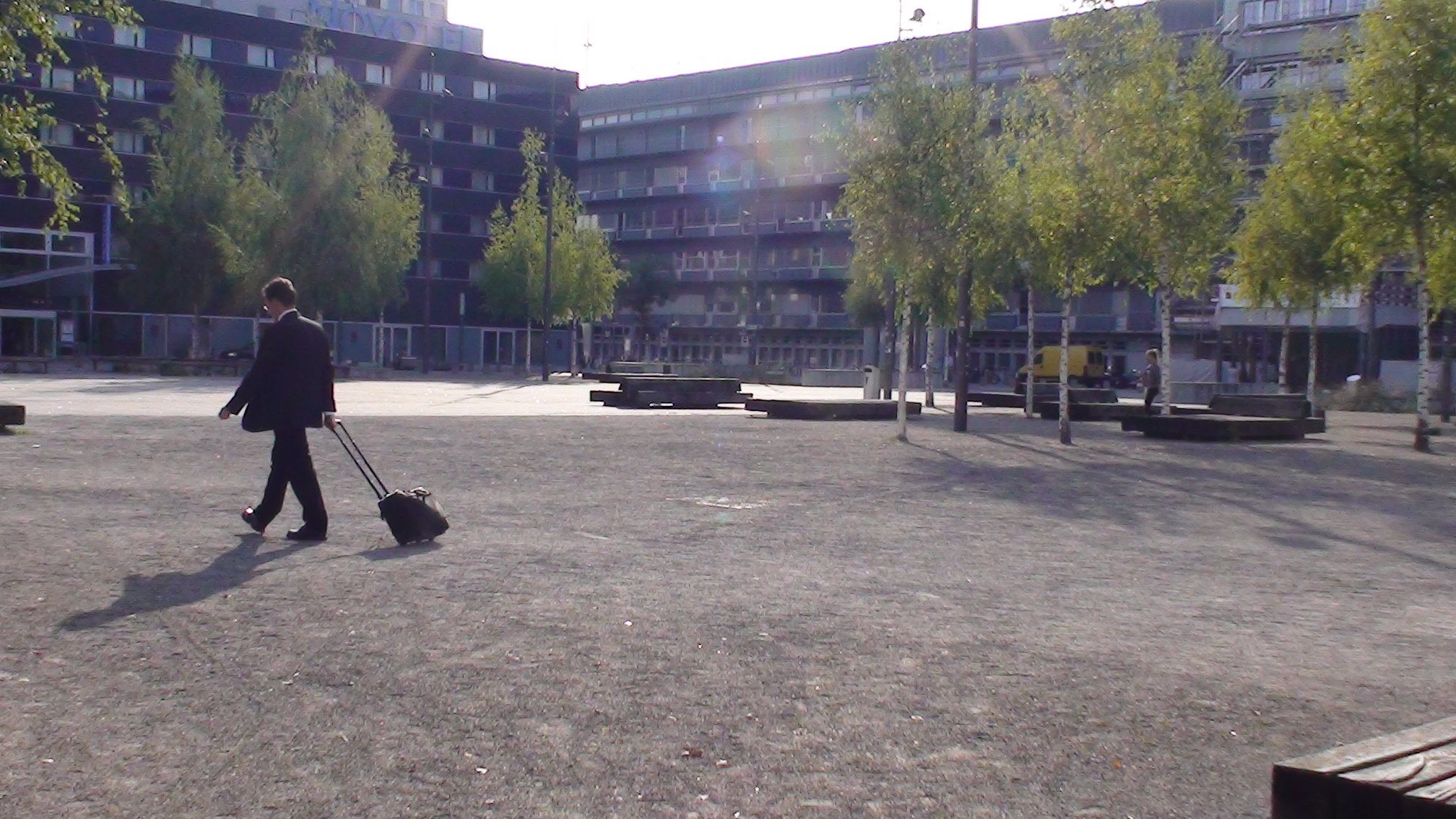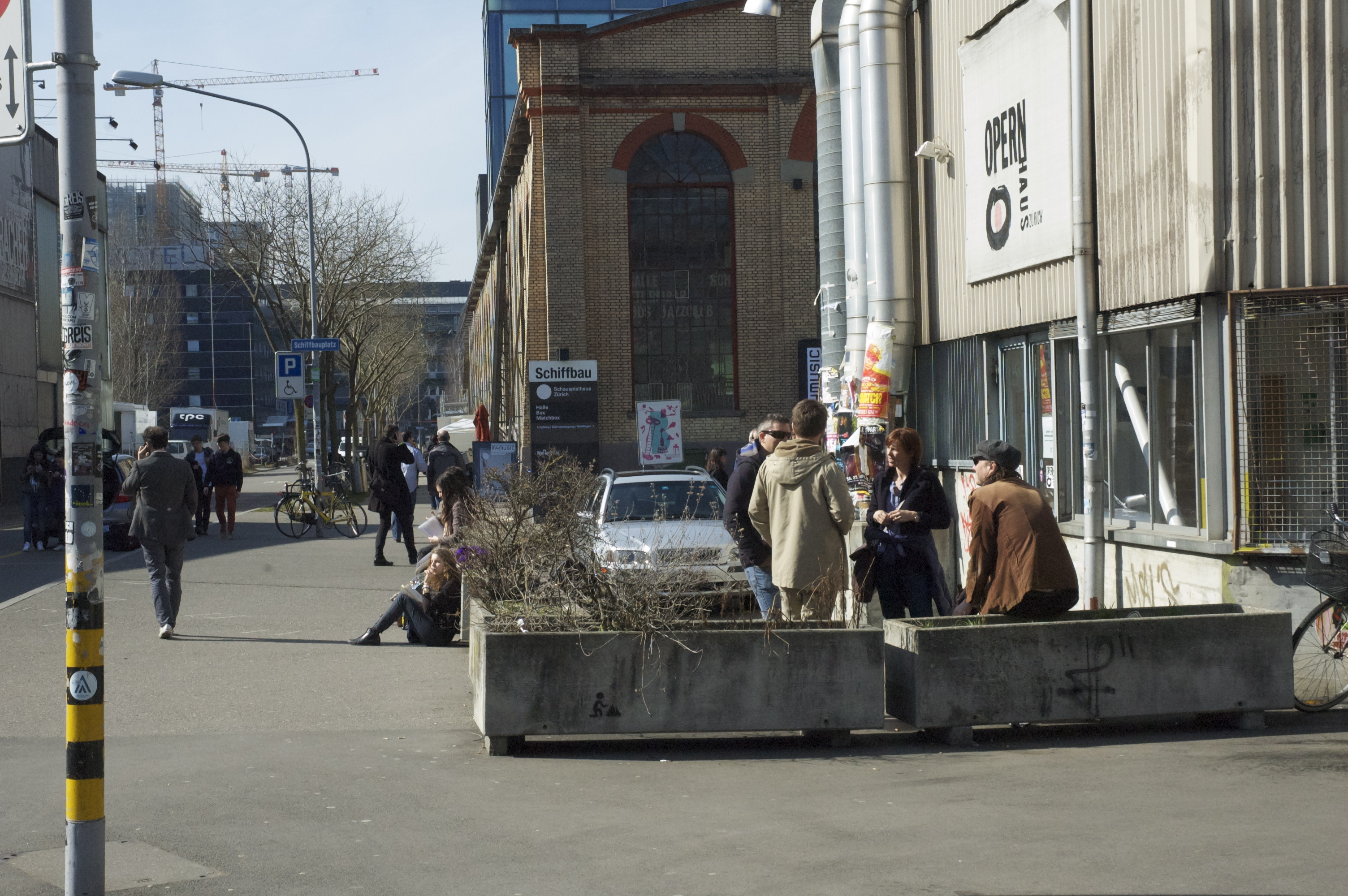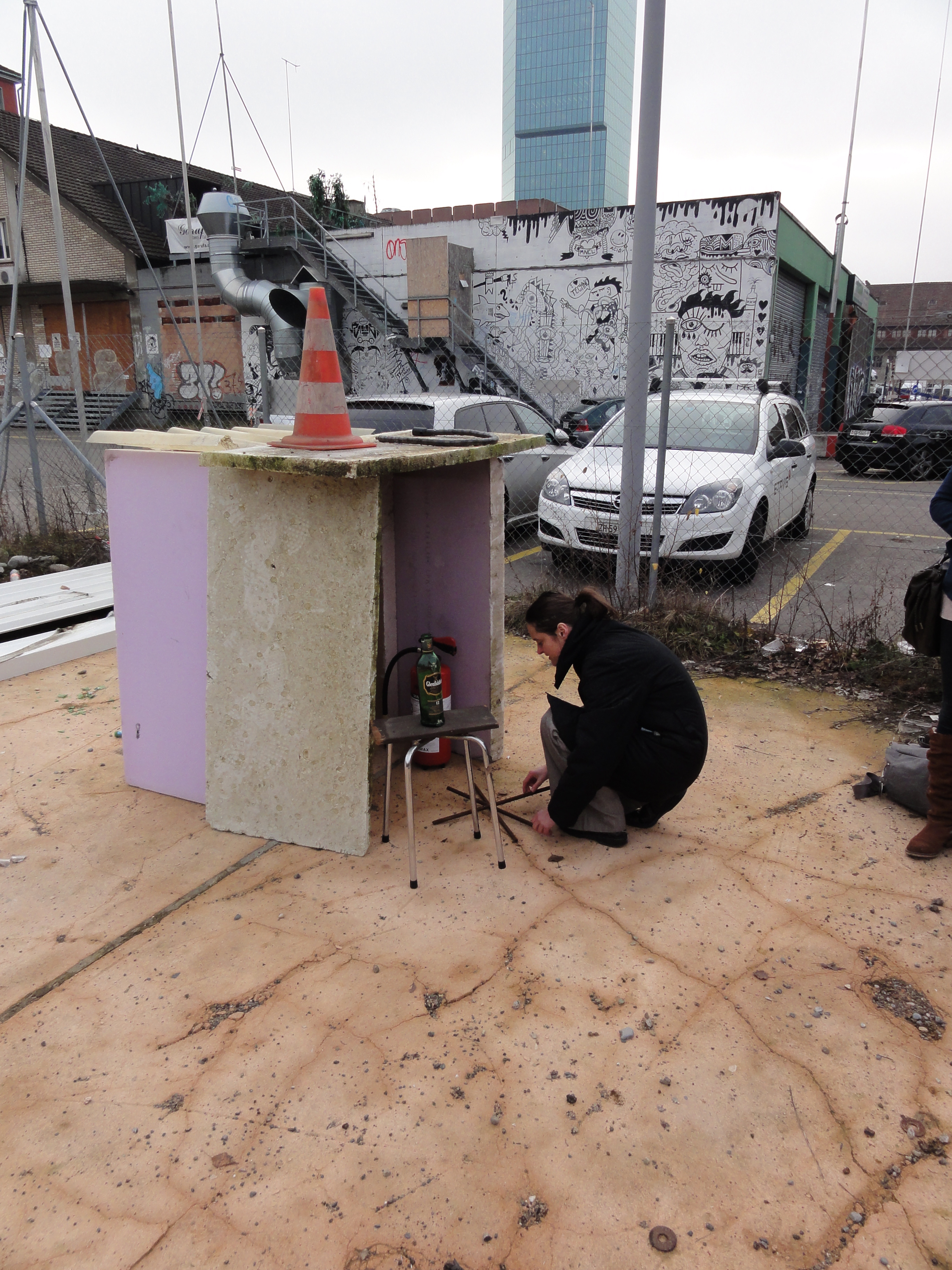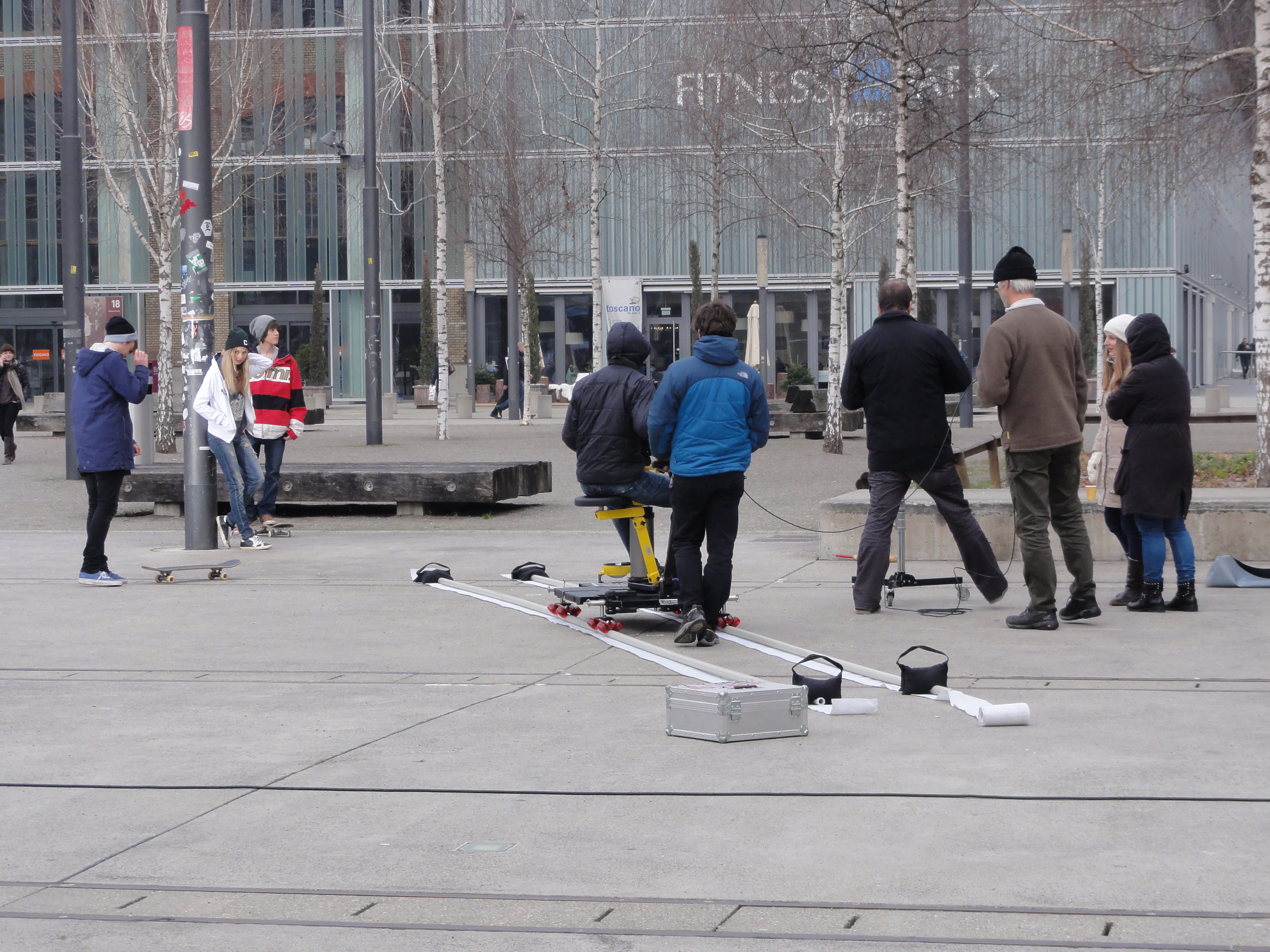The imaged society or the role of image and image production in a postmodern, global society/community
About In the essay “Globalisierung als visuelles Phänomen” Patrizial Faccioli questions the role of images in the production of individual and common identity in postmodern, global societies.
Patrizia Faccioli is associate professor of sociology at the University of Bologna. The text published in 2012 was part of the book “Image Match” Martina Baleva, Ingeborg Reichle, Oliver Lerone Schultz (Hg.).
Mainly she describes methods and possibilities of the visual sociology in the studies how globalization influences individual daily experience and shapes meaning and codes of social interaction.
Review Patriza Facciolo askes two main questions:
What do pictures do to the people?
Where does globalisation shows itself in our everyday praxis?
Is there and when, where is the connection?
Therefor, in the beginning she claims the concept of globalisation as a visual phenomenon.
Of course the main part of the global community it the free non-stopping exchange of images by mass communication and mass media, social media . She calls it the flow of images. The local and global world meet where the flowing of people and images interact.
Thereby but also by the mixtures of cultures in the so called “multi culti” societies and the working nomads we can always compare ourselves with other identities and cultures. As we can create ourselves at any time, biography and identity became more a kind of process than a fixed construction, as it seemed to be before. (Compare “Transkulturalität” by Wolfgang Welsch the text in the category Transkulturalität). She refers to Arjun Appadurai who labels the process of globalization as a changing flow of scapes.
After an excursion into the role and limit of the nation state in a self-regulating global world, she wonders how it is even possible to construct something like culture or identity particularly because it can be only a fractal unpredictable and insecure one. She argues this is possible due to the human ability of imagination, either to imagine the boundaries of a nation state as before or a global transnational community. We have endless possibilities to create the script or the different episodes of our life.
The global scenario forms ours idea of identity and finally our daily activities by the flows of images and the people we meet directly. As a consequence we build little identity shelters at for example at home, at work, with friends and we see such different kinds of “identity territorie”. The Turkish shop at the corner.
Basically we experience the signs of globalization by visual manifestations and these are the resources for the imagination process of our individual self.
Once again: What do the pictures to us? How do they influence our idea of the world, our self-construction and our social relationships? By now we haven‘t developed any tools to understand the function of theses images?
We know that we see, but we do we know what we see. We have to learn to see, learn a kind of global seeing. The modern culture was based on language and text. The written word is a very strong and determined code. Images display another kind of information and knowledge, like a floating chain of meanings and interpretations. For the sense of seeing is a subjective selection we need categories and classifications to define the meanings and codes of imaginary.
Expert Alltagspraxen zu studieren bedeutet zu beobachten, wie Individuen in ihrem Alltagsleben visuelle Sprache als bevorzugten Kommunikationskanal benutzen. Darüber, was Menschen mit Bildern machen zu forschen, bedeutet zu untersuchen, wie globalisierte visuelle Dimensionen visueller Kommunikation aufgenommen werden, um in Aushandlungs- und Austauschprozessen Bedeutung, Staatszugehörigkeit und -ausschluss oder Identitäten der Vergangenheit, Gegenwart und Zukunft zu definieren, oder auch dem Alltag, Bedeutung zu geben und hier in Austausch mit anderen zu treten.
Critical Review I chose this article cause I war attracted by the title. I expected somehow Patrizia Faccioli would write about the public sphere, how globalisation would look like in streets and places.
I was interested in this special point, cause I questioning body language and gestures in public for my master project and I was interest if she mentioning a kind of visual globalisation manifesting in physical behaviour in public sphere.
Therefor I read the text with some expectations and hopes.
After the first reading I was quiet inspired about her thoughts, but also not sure, if I was really understanding what she was talking about. She creates quiet big images, which I take fist, without being able to capture what they mean in their consequences. As an example in the beginning she defines according to Arjun Appadurai and Ulf Hannerz “the place where the global world and local reality meets” as a relationship between electronic media and (I am not sure if I translate it in the right way) migrant flows of addressee or receiver and adds that it is almost impossible to make any forward-looking statements about this relationship. What kind of message does this image content?
For me this feels like total chaos and in fact on page 47/48 she asserts that cultural interaction has to be questioned by the chaos theory.
Through the availableness of the whole world by electronic media we create our identities by comparison. Culture is not longer a stable historical local and national entity but a process, cause society is dissociated in different scapes. She characterizes the world in complete disorder, without a referring or regulating centre, uncontrollable by a single national state and finally askes how people find sense and meaning in this kind of setting.
Of cause we all know that globalization is at once bone and bane, but I doubt the concept of a world in disorder is a new one and if she is right to attach such an importance to this point for the construction of identity.
The theses we all face a fundamental change of epoch by the invention of computer, electronic media and mass communication is a popular and generally accepted one.
But in the history of mankind people always had to face fundamental change. I think it could be worth mentioning that in Europe we experience quite stable times, exept the 68st and the RAF, the war in Ex Jugoslavia, the fall of the wall and the German reunification, 9/11, the banking crises… .
In most of the times people had to define their identity in times of subversion, revolution, war and economic crises.
I like to recommend the essay “Stadtluft macht frei: Die Stadt in den Medienepochen der Gesellschaft” by Dirk Baecker (2008), in which he explicates how the upcoming of new forms of communication like speech, writing, printing influenced the development of society.
I think is not the question if we live in more or less wild times. The point here that could be interesting to question is how the consequences of the overkill of information show up in daily life. She total ignores the dimension of ideology and manipulation either for economic or political purpose by movies, news or social media. What does it mean for the construction of identity not being able to take a stand or decide, because of to much information?
Slavoj Žižek has a really enlightening lecture about this topic which is available on YOU TUBE.
I guess it would be a very interesting to study how ideology communiceted by movies, commercials and western and eastern politics influence the individual and social identity and daily praxis.
It is quiet a pity that she quotes as an example for the visibility of globalization, different roles we play in life, she called “identity territories”, and the Turkish supermarket round the corner and the way we furnish apartments: the Ikea table combined with the inherited chair from the grandpa. This is too simple.
As I wrote in the beginning of my critical review I read the text with some expectations and I think that often she sticks in some public stereotype, but at one point she really gets me. While we have virtual access to the whole “inventory” of the world we are facing a huge amount of images every day. Are we aware of the meanings these images content and produce in a sense of gender, race and class and how they influence the concept of identity? How can we detect the hidden ideology? We miss special tools to decode and reconstruct these images.
We have to learn a new kind of seeing.
Therefor the need of a visual sociology is obvious.
At the end of my review I come back to the beginning and find it a bit bizarre that
I wrote I couldn‘t grasp what kind of messages the images she creates by words mean. It is just a question mark at the end nothing more.
What have you seen?
Bilder: Patricia Nocon














